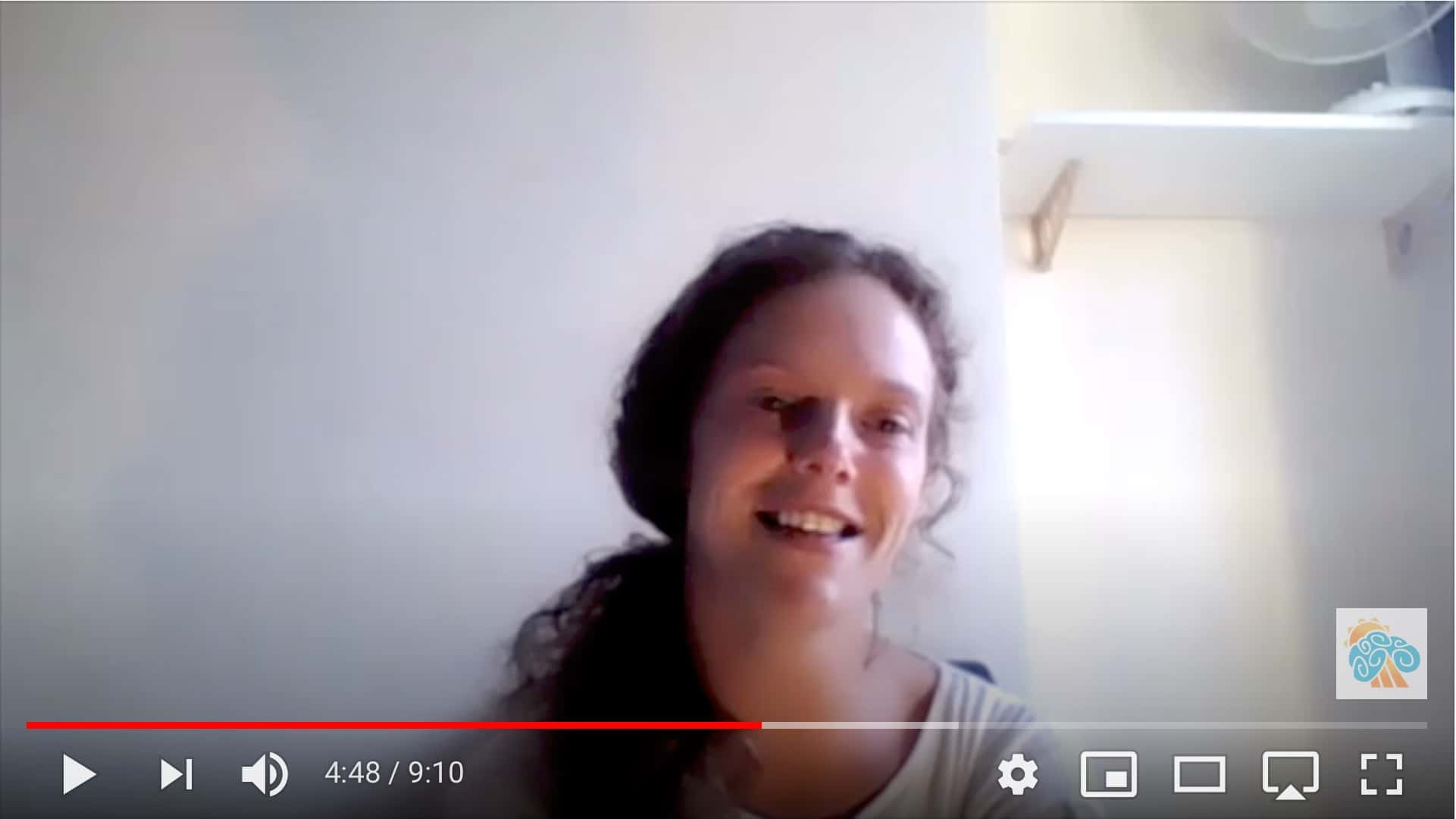
“Nice peaceful sleeping, and not just a few minutes!”
“Yeah, just off these small things, there was a massive difference, just of the first night” This is the whole story… A few weeks ago

“Yeah, just off these small things, there was a massive difference, just of the first night” This is the whole story… A few weeks ago
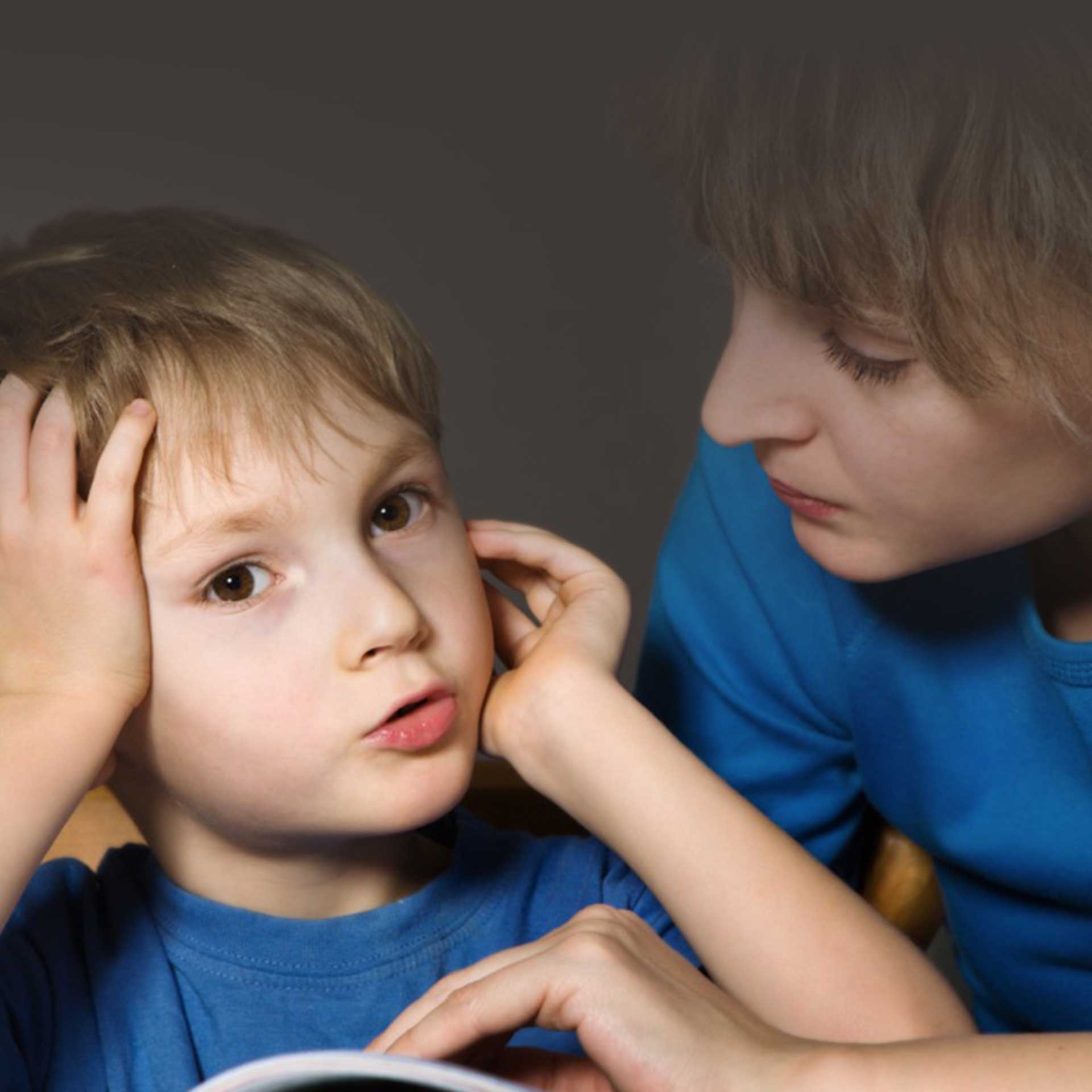
This checklist was created to help you understand the first phases of speech development. Behaviors you see today may actually be signs of developing speech.
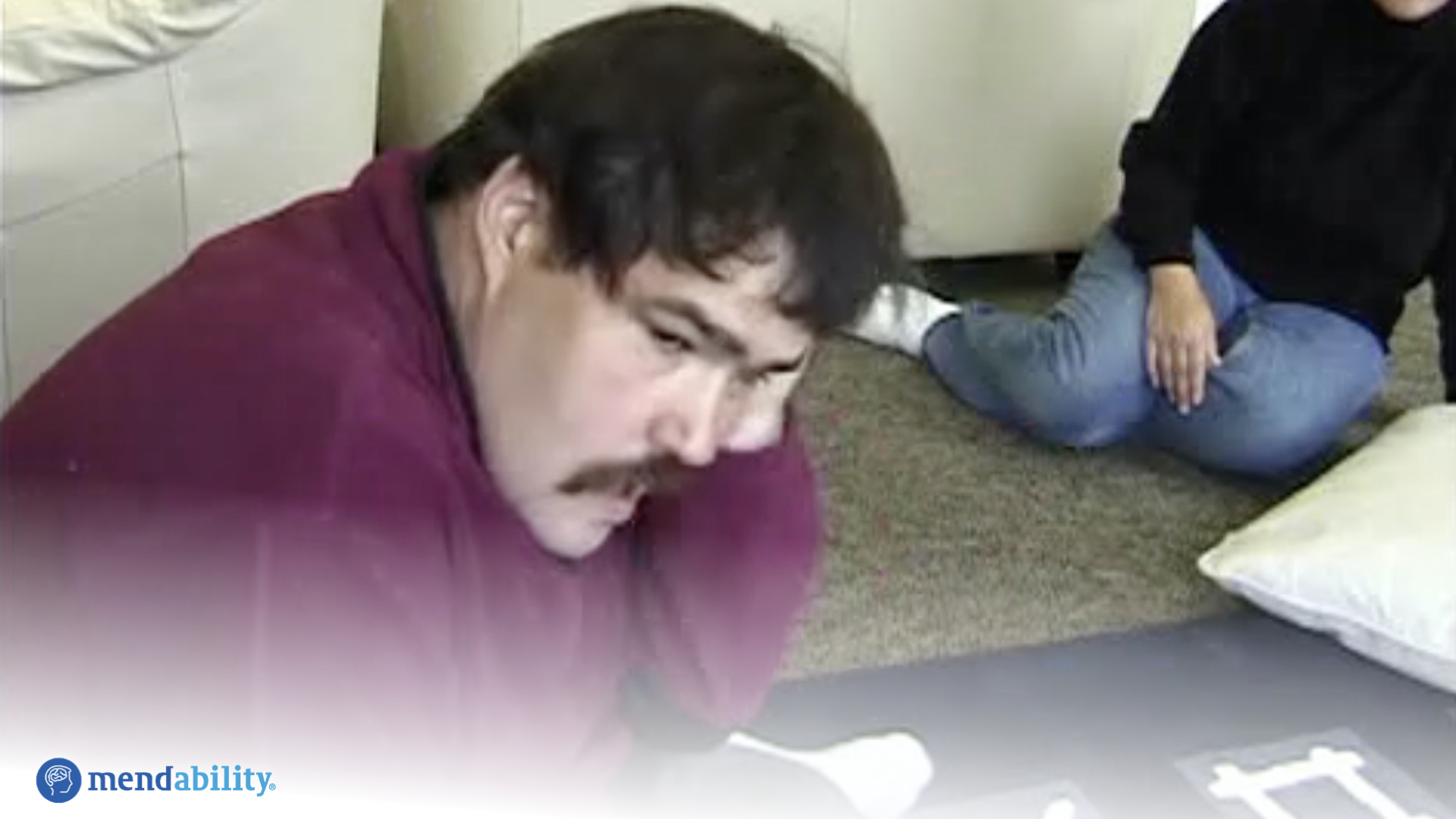
In Part 1 we reviewed early stages of speech development. Part 2 is for individuals who have shown that can either put sounds together, say individual words, put words together, formulate sentences (whether echolalic or spontaneous)
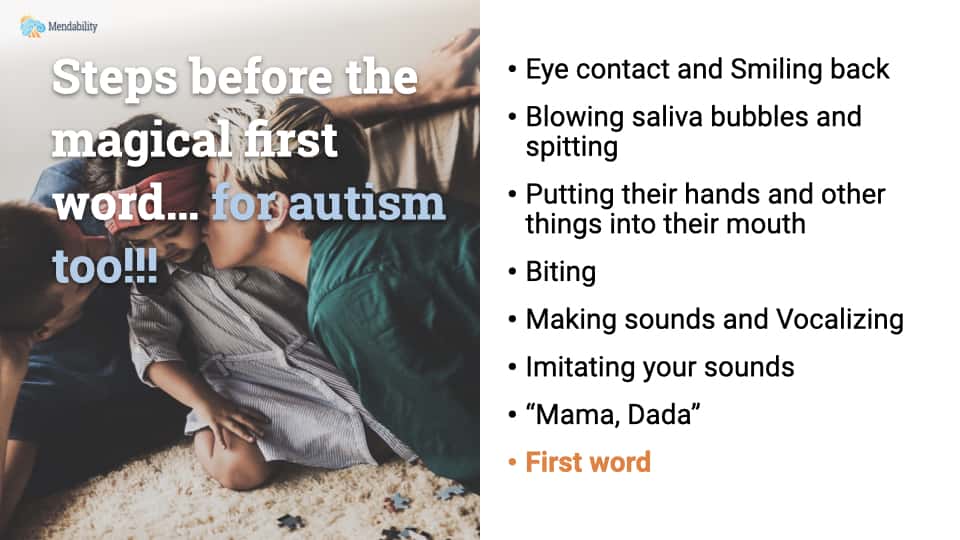
There are 8 early stages of speech development in children: Eye contact, Spitting, Mouthing, Biting, Vocalizing, Imitating your sounds, Mama, dada, First word. All children, including those with autism, need to work through each of these milestones to develop natural speech.
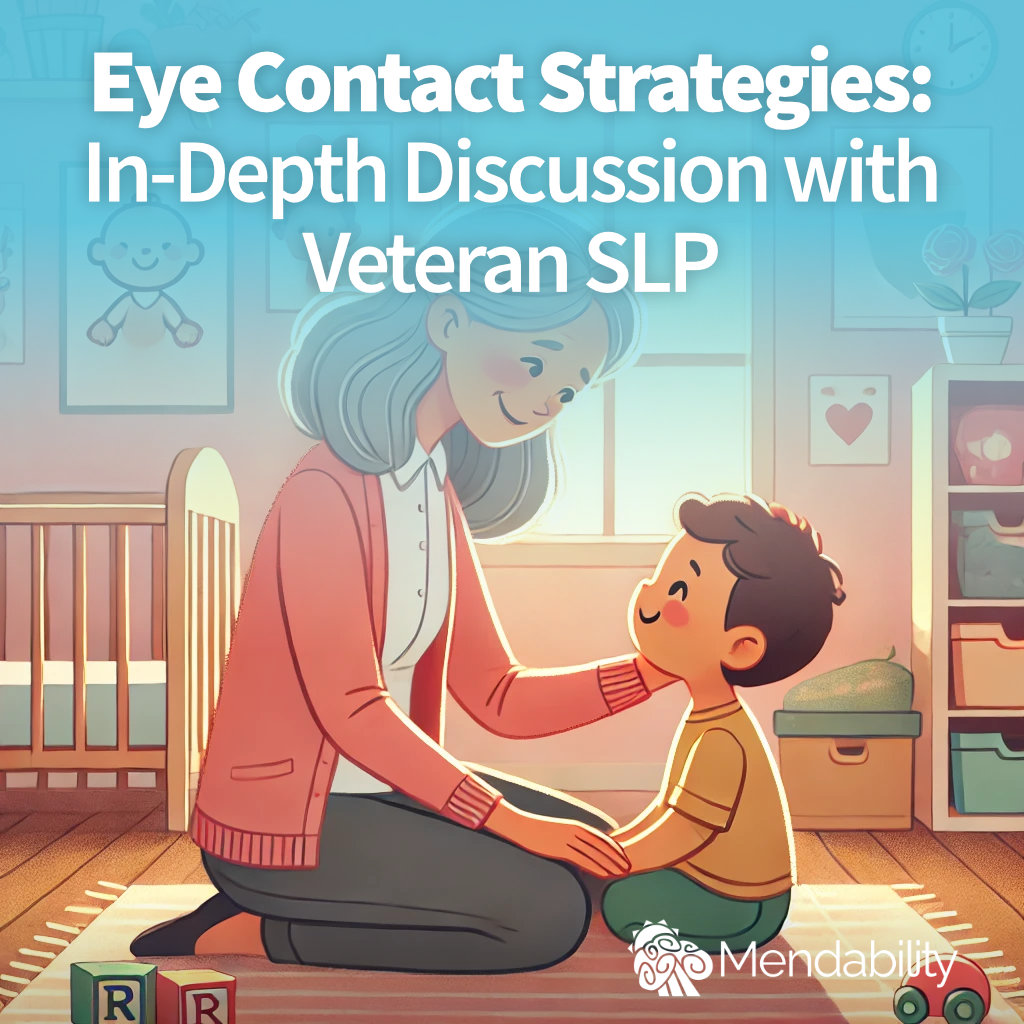
Discover expert strategies for encouraging eye contact in children with special needs. Learn how to balance support and sensitivity, understand the impact of screen time, and explore the role of cultural differences in communication.
Parents want to know as early as possible if their child has autism, especially if they already have a child with autism.
With some training, you can play an active partnership role with your family doctor or pediatrician to observe and record your child’s development.
Included in this article, you will find 4 simple tests you can do at home when your child is as young as 2 months old.
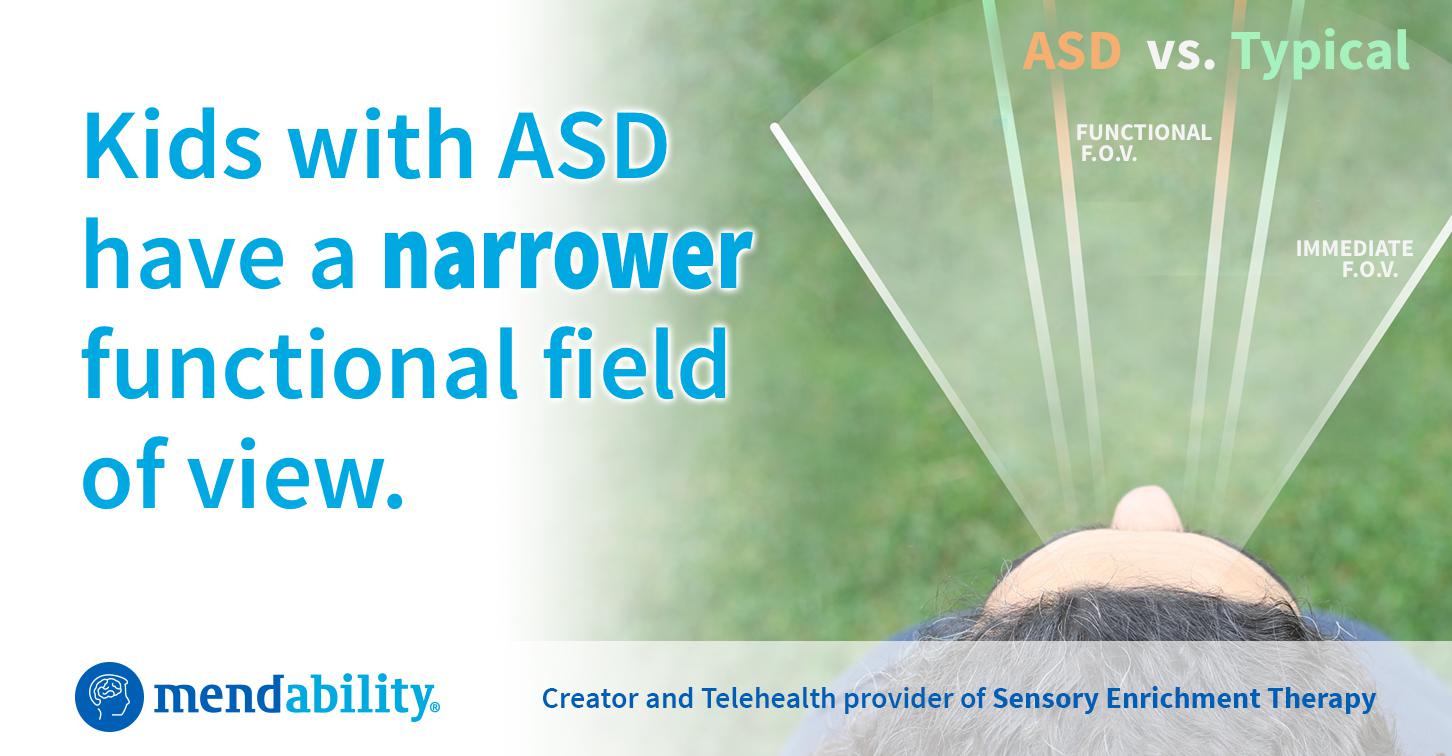
In July 2015, a new study revealed that children and adults with autism have a much more narrow functional field of view than their neurotypical peers. Instead of being able to process an image that is 8.57° from the focal point, individuals with autism were only able to process an image within 6.62°, which is a statistically significant difference.
